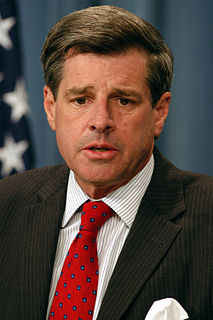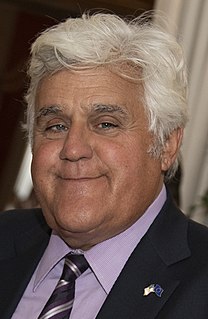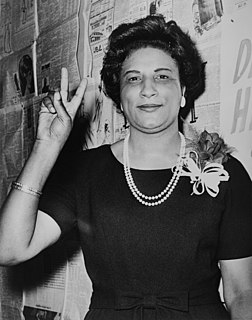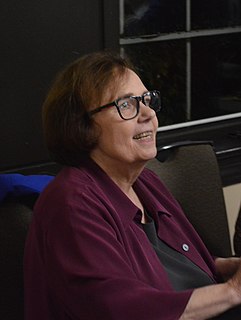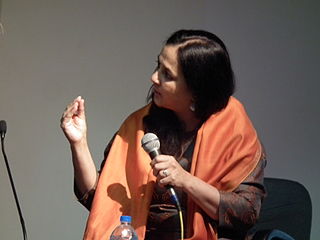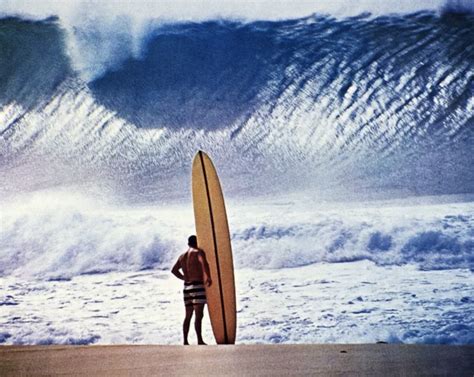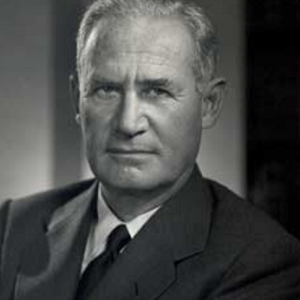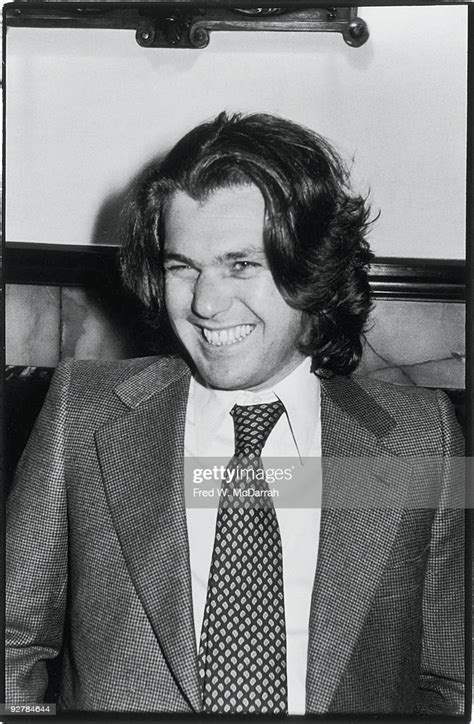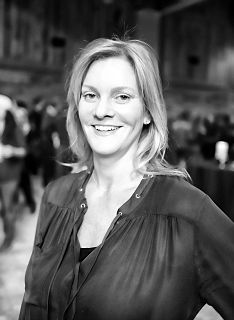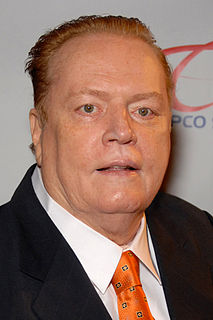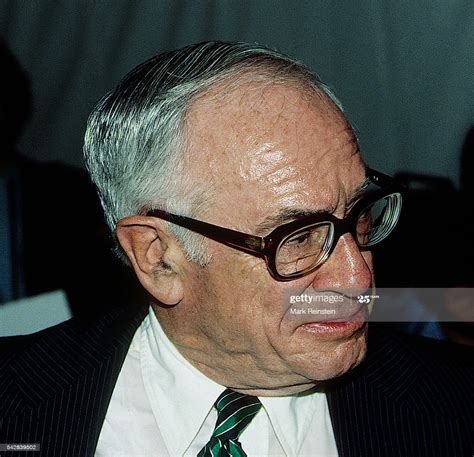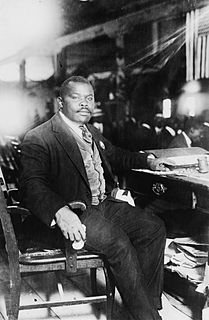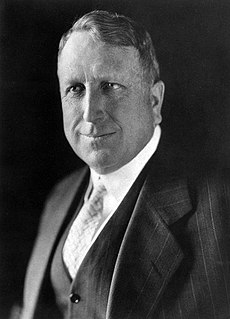A Quote by Hugh Hefner
The women's movement kind of came out of left field in the 1960s and 1970s when they turned on 'Playboy.'
Related Quotes
In less than a century we experienced great movement. The youth movement! The labor movement! The civil rights movement! The peace movement! The solidarity movement! The women's movement! The disability movement! The disarmament movement! The gay rights movement! The environmental movement! Movement! Transformation! Is there any reason to believe we are done?
Americans are right to believe the American Dream is fading. But that dream only became a possibility for white men as a result of the labor struggles and reforms of the New Deal, and it began to extend to minorities and women only after the civil rights and women's movements of the 1960s and 1970s.
People turned around and came back to watch. An enormous crowd formed. Ampol Oil took films. When we left Australia, we also left our boards for the Aussies. Those films were shown all over the country to different clubs. The films and our boards became the basis for the modern surfboard movement in Australia.

